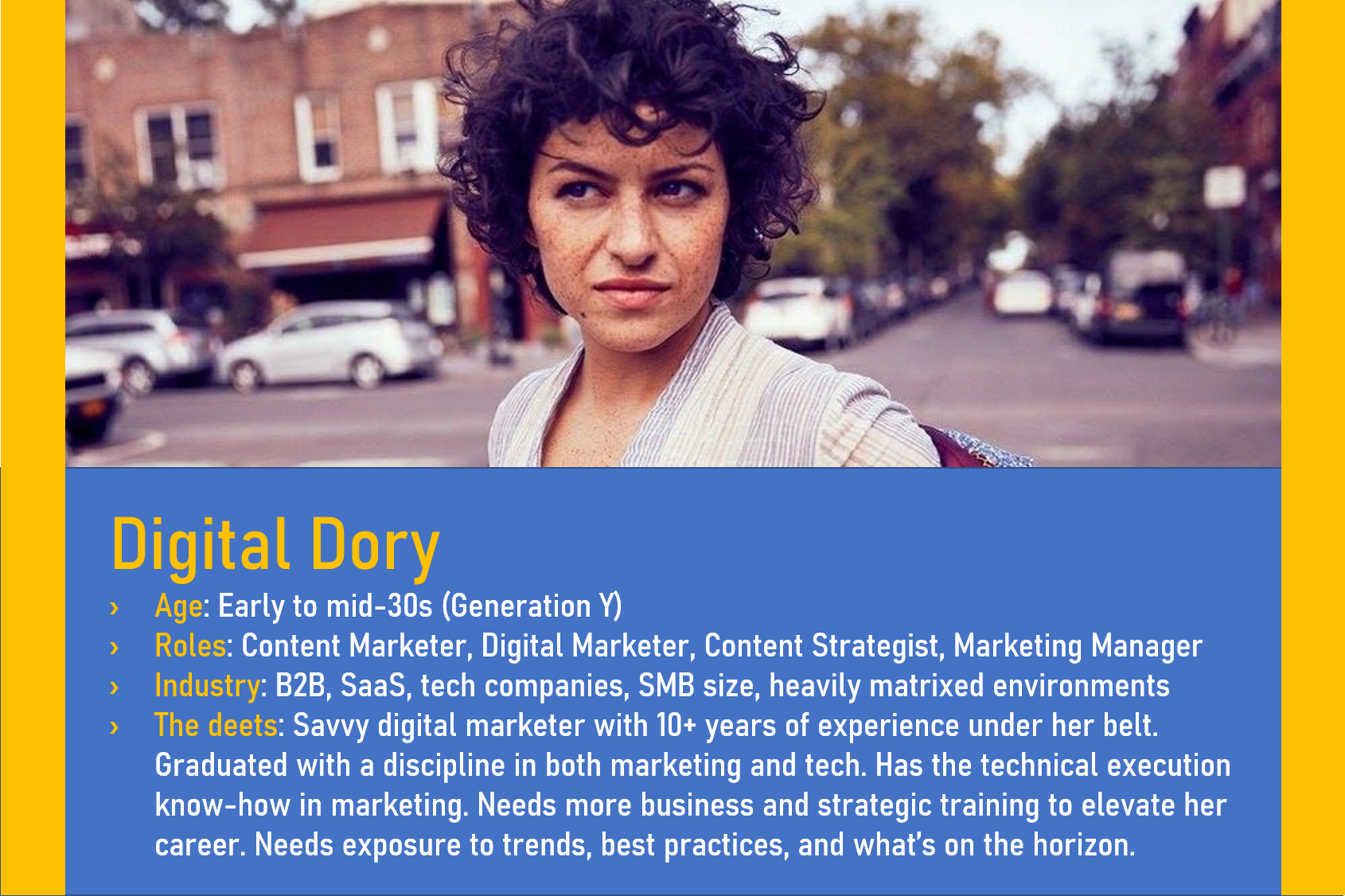Spark personas for growth
Lead Generation & Growth Strategies | Personas | Data Analysis | data management | data integration
Truth for most associations—you’re sitting on a mountain of valuable data, but it often feels disconnected.
You know a ton about your members—what they like, what they’re good at, what their challenges are, and what they’d like to see more of. But the data you have is disparate across platforms.
So connecting all of this data in a holistic, actionable way is a challenge. You need a bridge to connect your technology platforms so that you, the marketer, can reach out to your members in thoughtful, data-driven ways.
Enter HighRoad Spark: a platform agnostic integration software that connects your data sources (think AMS, EMS, CMS, marketing and email automation and more).
By bridging the gaps in your marketing stack, HighRoad Spark hands the wand over to the marketer. This is great news for marketers and IT teams because Spark minimizes the back-and-forth between teams. The clean interface makes it possible for marketing teams to take ownership of their own integrations, over and over again. So, let's dive into that more.
Take our fictional persona, Digital Dory.

Once you sit in Dory's shoes—or 4-inch chunky heels—you’ll be able to identify key ingredients that you can add to your segment recipe. Age, job function, industry, company size, and other demographic information may fall into this category.
The majority of your persona-identifying data should be in your AMS. So, to create a profile of Dory in your marketing automation platform, you'll use Spark to connect your AMS with your marketing automation platform.
You may even have transactional data held in your AMS that helps identify the content and programs Dory would be most interested in. For instance, if Dory attended a workshop on Artificial Intelligence in Marketing Automation, this is a good indicator that Dory is going to consume—and perhaps even pay for—this content in the future.
And remember, the Dory segment that you've identified is a live dynamic list. That means, you'll be able to create a workflow within your marketing automation platform that automatically tags new members fitting the Digital Dory persona.
Bridging the demographic and transactional data from your AMS with the behavioral data captured in your marketing automation platform (such as blog reads, web visits, chats, and form fills) will start to tell the full narrative in what makes Dory tick. This will, in turn, help you build your relationship with Dory. Better relationships means increased engagement and growth.

This helps you resist the need to overthink your sync. Marketers by nature are testers so the ability to refine approaches over and over is necessary. Using data assumptions as a starting point and testing syncs, content, messaging, and audiences is all part of the game.
And for any basketball fans out there, consider Spark (and marketing technology in general) your “sixth man.” This is the player who comes off the bench to relieve the starting players, providing their own unique value to the team.
Like Spark, they help everyone on the team feel more confident. And they provide the relief, efficiency, and endurance needed to win the game. Spark, and it's role in transparency and integrity across platforms, is no different.
About Adam Higgins
For over 20 years, Adam has functioned as a marketing and business analyst for non-profits and associations. As Chief Technology Officer at HighRoad, he leads a team of software developers, business analysts, and customer support analysts to supports technical integrations between marketing automation platforms and digital systems. Throughout Adam’s career, he has bridged the gap between the business units and information technology departments. Often when he's working with clients, he is their defacto MarTech liaison and solution architect. Adam is a graduate from California State University, Dominguez Hills. He’s a Los Angeles native that now resides in Atlanta, GA with his wife and son.






